Russian army loses 940 troops in one day of war against Ukraine


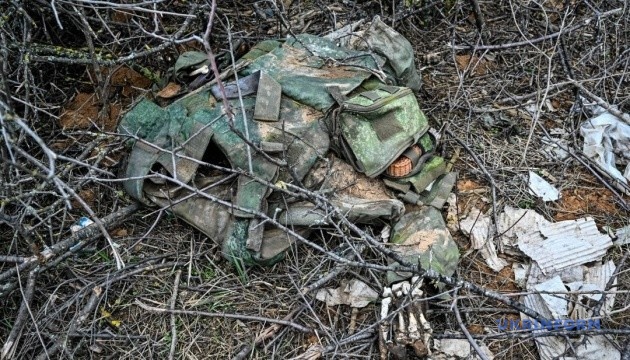

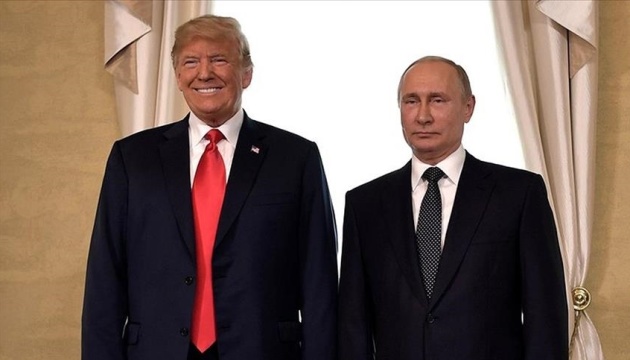

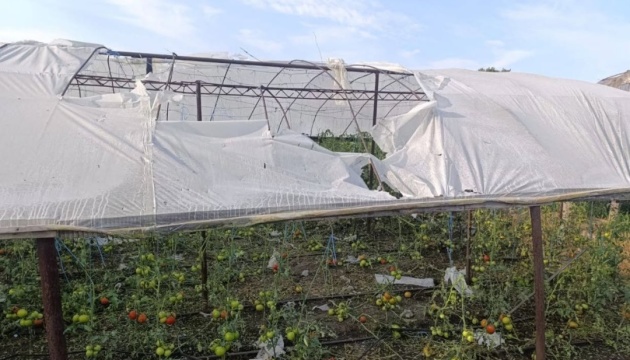
The Last Frontier state was purchased from the Russians by the U.S. for a sum of $7.2 million in 1867

© AP
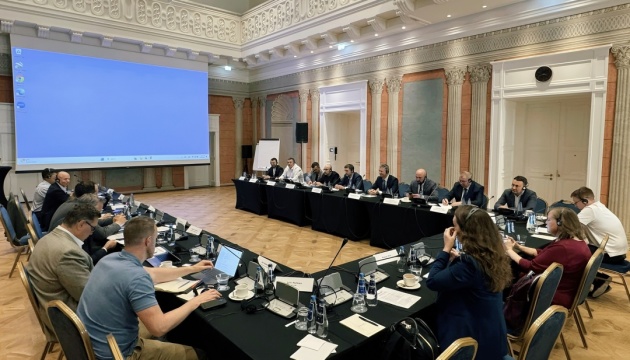
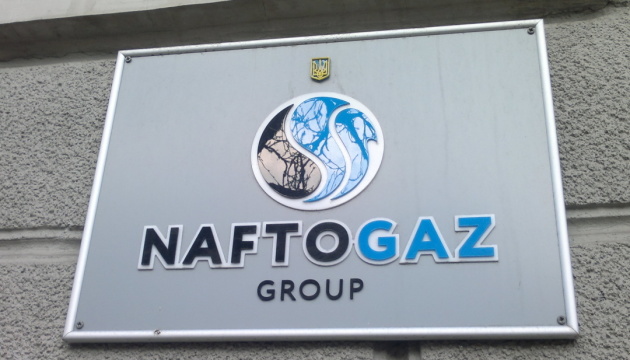

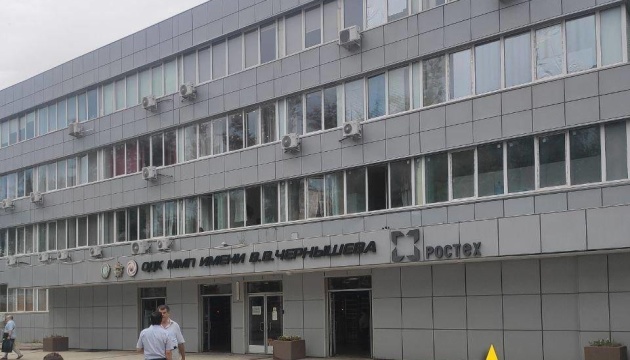
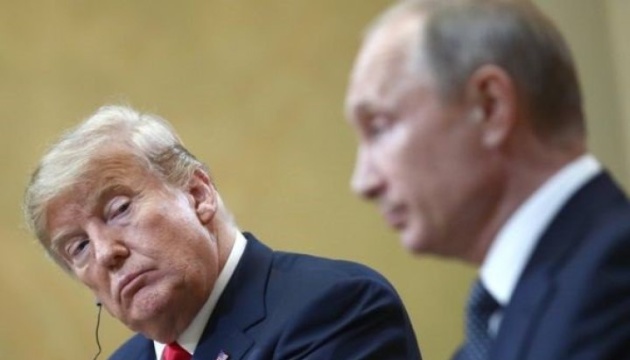
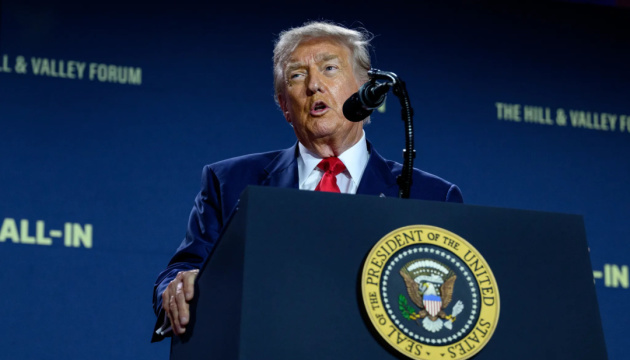
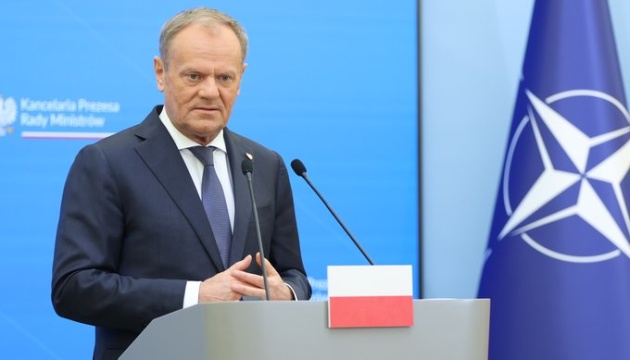
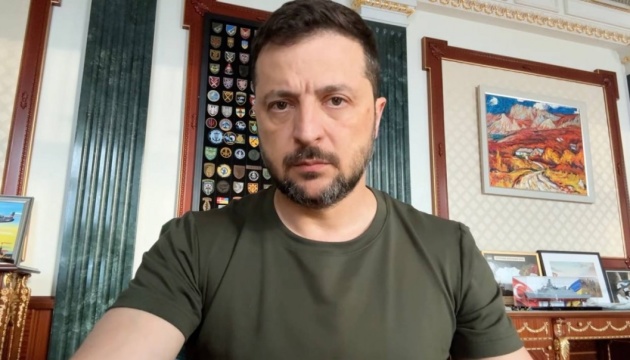
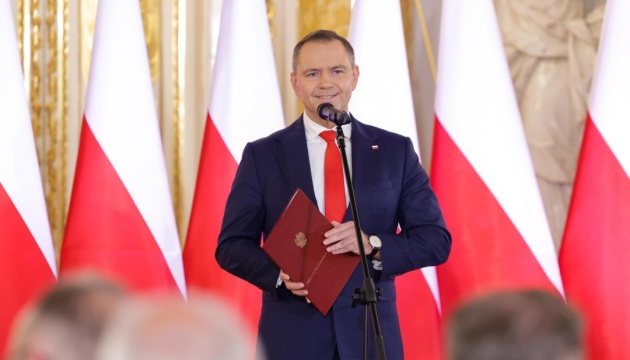
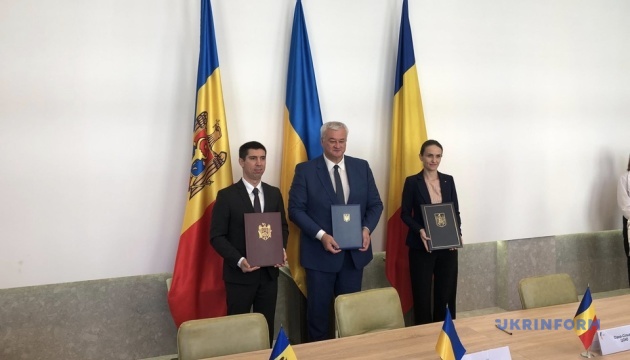
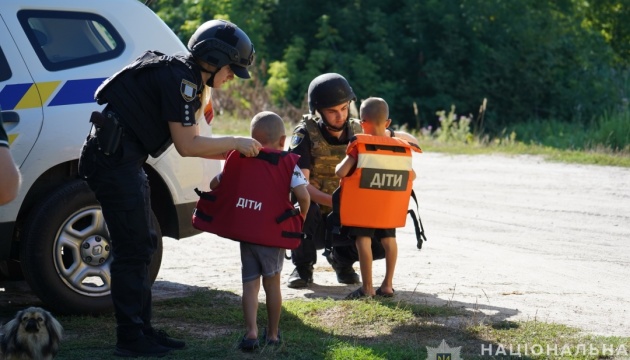
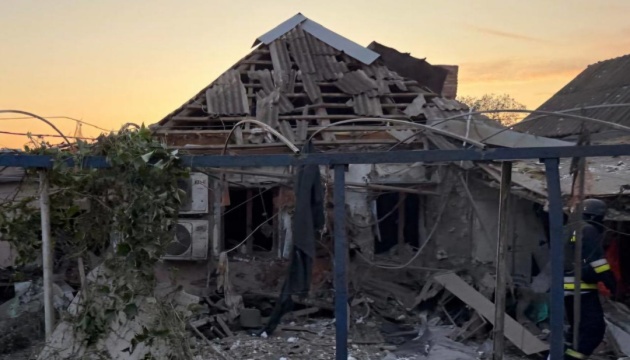
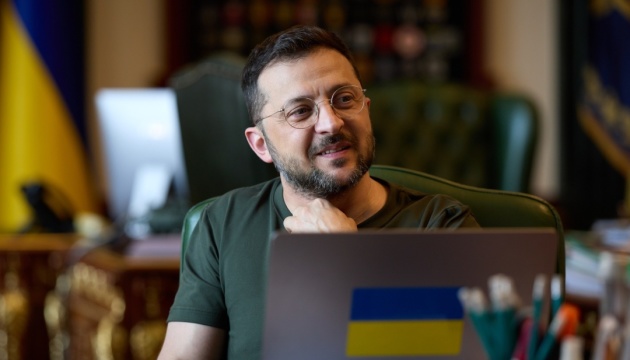





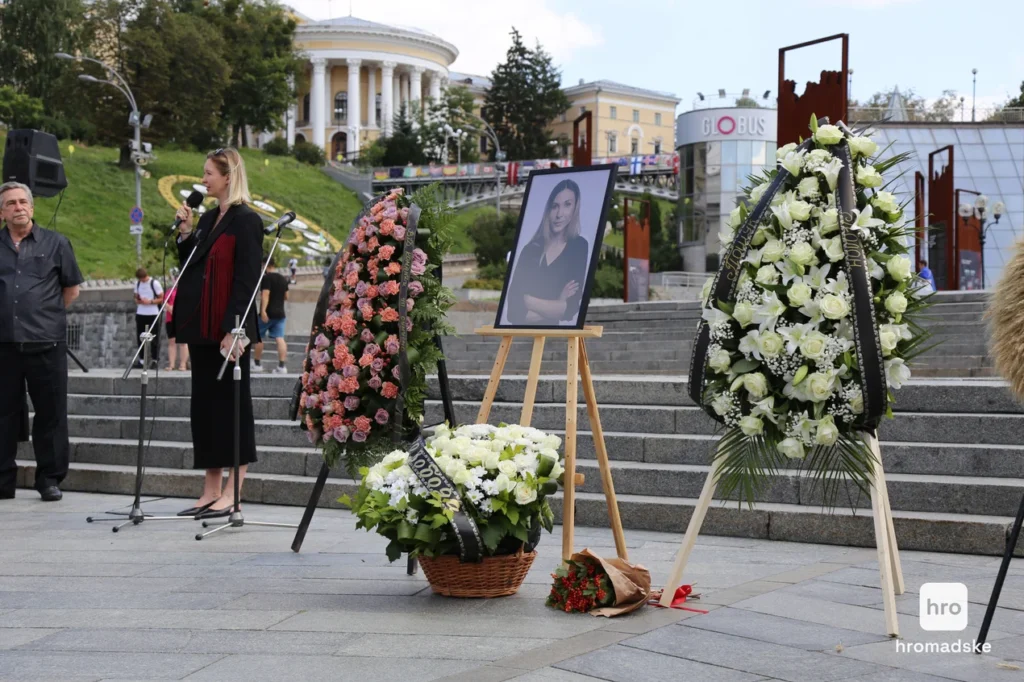
Kyiv held a funeral service on 8 August for Ukrainian journalist Victoria Roshchyna, who died in Russian detention.
Roshchyna disappeared in occupied territories on 3 August 2023. Russia confirmed her captivity in May 2024, and her death was announced 10 October 2024. She had been previously kidnapped by Russians in March 2022 but freed after ten days.
She was held in at least two Russian prisons, including the Taganrog detention center—described as “one of the most brutal places of detention for Ukrainians on Russian territory.”
The journalist worked for hromadske, Ukrainska Pravda, Radio Liberty, and other outlets. She received the 2022 International Women’s Media Foundation award “For Courage in Journalism.”
According to hromadske, the farewell ceremony on 8 August began with a service at St. Michael’s Cathedral, where several hundred people gathered, including Roshchyna’s relatives—her father and younger sister—former colleagues, and concerned citizens. Her coffin remained closed with bread placed on top, while attendees laid flowers.
After the cathedral service, the hearse proceeded to Independence Square under police escort, with traffic stopped for the procession. During the civilian ceremony, a military officer called out: “Glory to Ukraine! Glory to Victoria!”
Former hromadske editor-in-chief Angelina Karyakina, who worked with Roshchyna for nearly three years, described the journalist’s unwavering commitment to her stories.
“Vika never abandoned what she started, if she began to lead some case, some story, to cover some event. She just never left either her heroes or her cases. This is how her very deep, thorough coverage of Maidan cases was born. This is how her documentary film about the prisoners—Ukrainian sailors—was born. This is how other cases were born. I am sure that her work from the occupied territories was built according to the same logic,” Karyakina said.
Karyakina recalled that Roshchyna never took vacations or days off because “for her, this was not work, journalism was a calling for her.”
The former editor emphasized that journalists must determine what happened to Roshchyna and continue her work.
People’s Deputy Yaroslav Yurchyshyn, who came to bid farewell to Roshchyna, remembered her as a political journalist who asked “uncomfortable questions without limitations.”
Roshchyna was buried at Baikove Cemetery. The farewell ceremony was organized by her colleagues from several newsrooms where she worked, including hromadske.
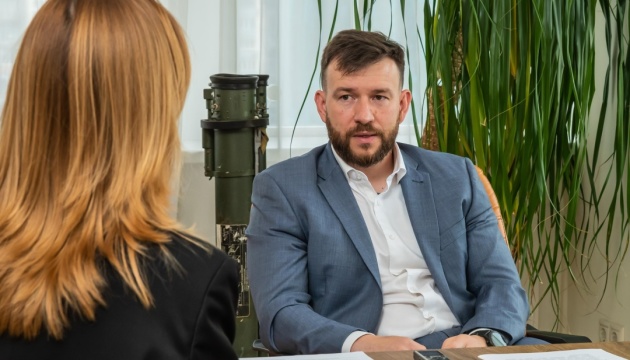
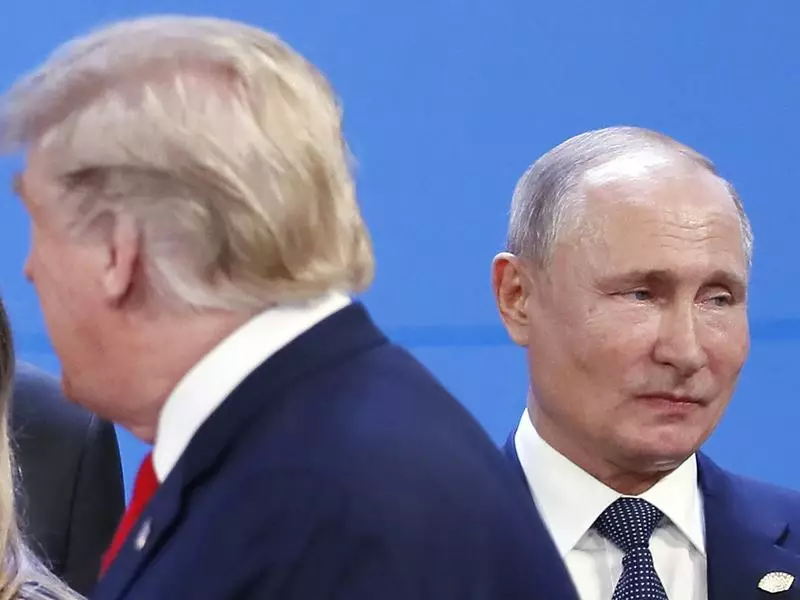
Washington and Moscow are negotiating an agreement that would formalize Russia’s control over Ukrainian territories seized during the invasion, Bloomberg reported on 8 August, citing sources familiar with the talks.
US and Russian officials reportedly are finalizing terms for a Trump-Putin summit as early as next week, according to sources, cited by Bloomberg. The US is seeking Ukrainian and European approval for the deal, though success remains uncertain.
Putin demands Ukraine cede the entire eastern Donbas and Crimea, annexed by Russia in 2014. This would require President Volodymyr Zelenskyy to withdraw troops from parts of Luhansk and Donetsk oblasts still under Kyiv’s control, handing Russia a victory that its army couldn’t achieve militarily since the start of the full-scale invasion in February 2022.
Under proposed terms, Russia would halt offensives in Kherson and Zaporizhzhia oblasts along current battle lines. Sources cautioned that “the terms and plans of the accord were still in flux and could still change.” Whether Moscow would relinquish any occupied territory, including the Zaporizhzhia nuclear plant, remains unclear.
The agreement aims to “essentially freeze the war and pave the way for a ceasefire and technical talks on a definitive peace settlement,” sources said. This shifts from Washington’s earlier demand for Russia to first agree to unconditional ceasefire.
After his 6 August meeting with Trump envoy Steve Witkoff, Putin briefed leaders from China, India, South Africa, and other nations on the discussions, the Kremlin reported.
Trump, who promised rapid conflict resolution, has grown frustrated with Putin’s ceasefire refusal. The leaders held six phone calls since February while Witkoff met Putin five times in Moscow.
“I don’t like long waits,” Trump told reporters on 7 August. “They would like to meet with me and I will do whatever I can to stop the killing.”
The deal would represent “a major win for Putin,” who sought direct US negotiations while sidelining Ukraine and European allies. Zelenskyy risks facing “a take-it-or-leave-it deal to accept the loss of Ukrainian territory, while Europe fears it would be left to monitor a ceasefire as Putin rebuilds his forces,” Bloomberg reported.
Multiple US officials expressed skepticism about Putin’s genuine peace interest, particularly regarding deals falling short of his stated war goals: Ukrainian neutrality, abandoning NATO aspirations, and recognizing Russian control over five Ukrainian oblasts.
Kremlin aide Yuri Ushakov said officials are “finalizing details for a meeting within the next few days” at an agreed but unnamed venue.
Whether Putin would join trilateral talks with Trump and Zelenskyy remains unclear. Putin said on 7 August he didn’t object to meeting Zelenskyy “under the right conditions, though he said they don’t exist now.”
Ukraine cannot constitutionally cede territory and maintains it won’t recognize Russian occupation of its land.

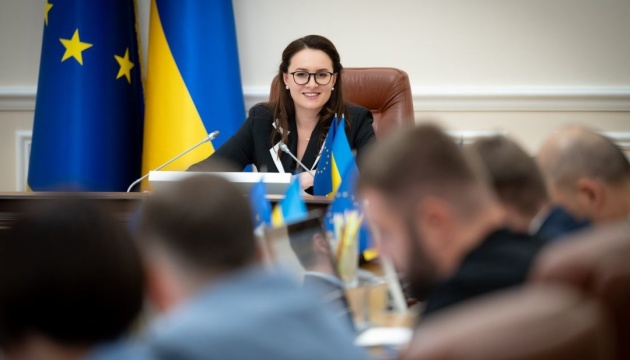

A military court in Rostov-on-Don sentenced captured Ukrainian soldier Vladislav Shpak from the Azov brigade to 21 years in a maximum-security prison colony, Russian media Mediazona reported on 8 August.
Russian prosecutors charged the prisoner under articles “concerning participation in a terrorist organization and training for terrorist activities.”
According to the report, in June 2020, 20-year-old Vladislav Shpak “with the aim of improving his financial situation, as well as for ideological reasons” signed a contract with Ukraine’s National Guard and joined the Azov special forces unit. Russia classified this as participation in a terrorist organization.
Between April and June 2021, Russian law enforcement alleges, Shpak underwent military training — which they classified as preparation for terrorist activities.
The soldier served in a unit in the village of Urzuf. In February 2022, when Russian forces invaded Ukraine, he was transferred along with his fellow servicemen to Mariupol. Shpak participated in the defense of Azovstal and was captured three months later on 17 May, along with other Azovstal defenders.
Court materials do not clarify Shpak’s exact role in Azov. Some documents describe him as performing “machine gunner duties,” others call him a “grenade launcher assistant,” while still others identify him as a “reconnaissance driver.”
When asked whether he feels hostility toward Russian citizens and authorities “after the start of the military conflict,” the defendant replied: “Toward citizens — no, toward the authorities — yes.”
The Azov defenders are members of the Azov Brigade, a Ukrainian National Guard unit known for its role in defending Mariupol, especially during the siege of 2022. Russia captured many of these soldiers after the fall of Mariupol, particularly those who surrendered at the Azovstal steel plant. Russia has classified the Azov unit as a terrorist organization.
Russia’s designation of the Azov Regiment as a terrorist organization contradicts international law, which recognizes Azov as part of Ukraine’s Armed Forces with members entitled to prisoner of war protections. The United States and Western allies do not classify Azov as terrorist, noting the unit passed human rights vetting under the Leahy Law that bars US aid to forces involved in violations.
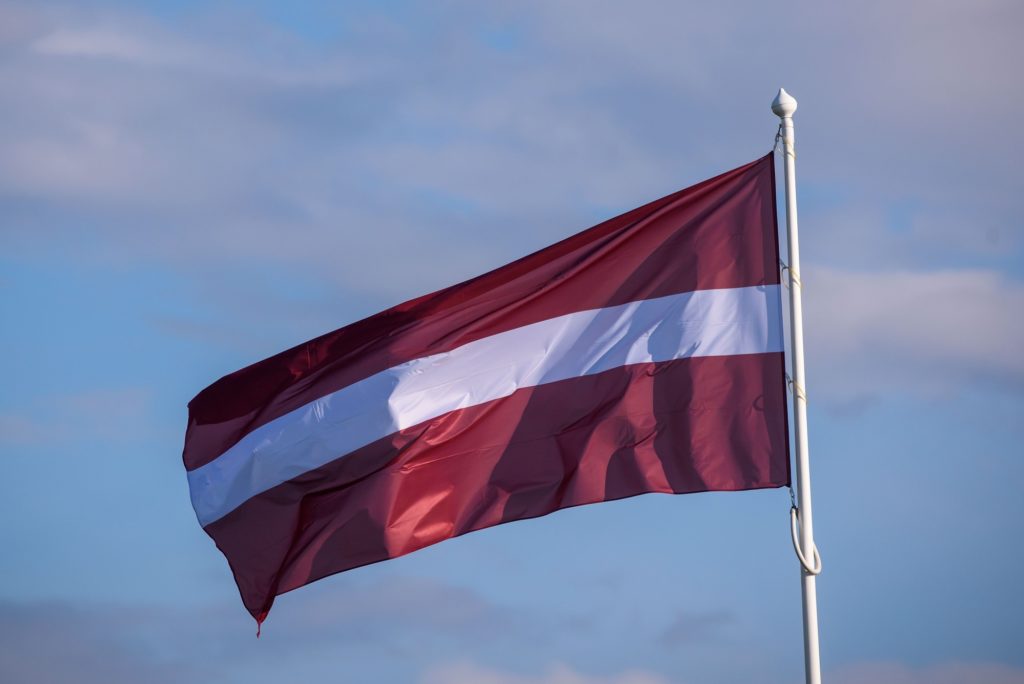
Latvia affirms support for NATO’s new Priority Ukraine Requirements List (PURL) initiative in a call with President Zelenskyy, the leaders of the two countries announced on social media.
PURL allows European allies to directly fund American weapons for Ukraine, bypassing traditional government-to-government aid that faces political delays.
The phone call highlights Europe’s shift toward independent Ukraine support mechanisms that don’t depend on US Congressional approval or political cycles.
“Had a good [phone call] with President @ZelenskyyUa,” Latvian President Rinkēvičs posted on X. “We discussed ongoing efforts to reach just and lasting peace. I also informed about Latvia’s support for new NATO initiative for arming Ukraine (PURL). I also reaffirmed Latvia’s support for speedy EU accession process of Ukraine.”
Zelenskyy confirmed the discussion on his Telegram channel: “We also discussed the new PURL instrument, which is already really working. Latvia is ready to join. Thank you!” He emphasized that reliable peace requires “support from the US and European unity,” adding that “Latvia absolutely principally supports Ukraine’s membership in the EU and NATO. We greatly value this position.”
Under PURL, Ukraine compiles priority weapons needs in packages of approximately $500 million. NATO allies then negotiate among themselves to fund specific items directly from US manufacturers, coordinated by Secretary General Mark Rutte.
The mechanism has already proven effective. In early August, Nordic countries committed $1 billion through PURL in just two days. The Netherlands contributed €500 million for Patriot missile components, while Sweden, Norway, and Denmark jointly provided another €500 million.
The PURL initiative represents a broader European effort to create Ukraine’s support mechanisms that survive political changes in Washington. As NATO and the US launched the system in July, officials described it as a $10 billion framework allowing continuous weapons deliveries regardless of US domestic politics.
For Ukraine, diversified European support reduces vulnerability to American political cycles while building foundations for long-term security partnerships. Initiatives such as PURL show Europe exploring ways to sustain Ukraine’s military needs, even as traditional aid faces political pressures.
Despite having only 1.9 million citizens, Latvia has become a key driver of European support for Ukraine. The country co-leads the international drone coalition with the United Kingdom, delivering 12,000 drones to Ukraine this year.
Latvia has committed 0.25% of its GDP annually to Ukraine military aid through 2026 — a higher percentage than most larger allies. The country has also trained 3,000 Ukrainian soldiers with plans for another 3,000 next year.

Ukrainian military intelligence carried out a sabotage operation against Russia’s 90th anti-aircraft missile brigade in Afipsky settlement, Krasnodar Krai, on the morning of 8 August, resulting in the deaths of at least 12 Russian servicemen and dozens of injured, according to sources in Ukraine’s Main Intelligence Directorate.
“Two explosions occurred near the checkpoint of the military unit,” sources told Hromadske. The attack destroyed equipment and prompted a massive emergency response, with ambulances and special service vehicles converging on the scene.
Local Russian media and social media channels confirmed the explosions in Afipsky, while local security services cordoned off the area and declared an “anti-terrorist operation” regime. Russian authorities attempted to cover up the incident by attributing the explosions to malfunctioning gas cylinder equipment in a vehicle, according to intelligence sources.
“Russian authorities are trying to conceal the fact of sabotage on the territory of the military unit,” a GUR source said. The Federal Security Service has been working to remove mentions of the incident from Russian media.
The 90th anti-aircraft missile brigade targeted in the operation has been participating in Russia’s war against Ukraine on the Kherson and Zaporizhzhia fronts, the intelligence directorate added.
The attack came amid broader Ukrainian operations against Russian infrastructure, with drone strikes also hitting the Afipsky oil refinery in the same oblast, causing significant fires at gas condensate processing facilities.
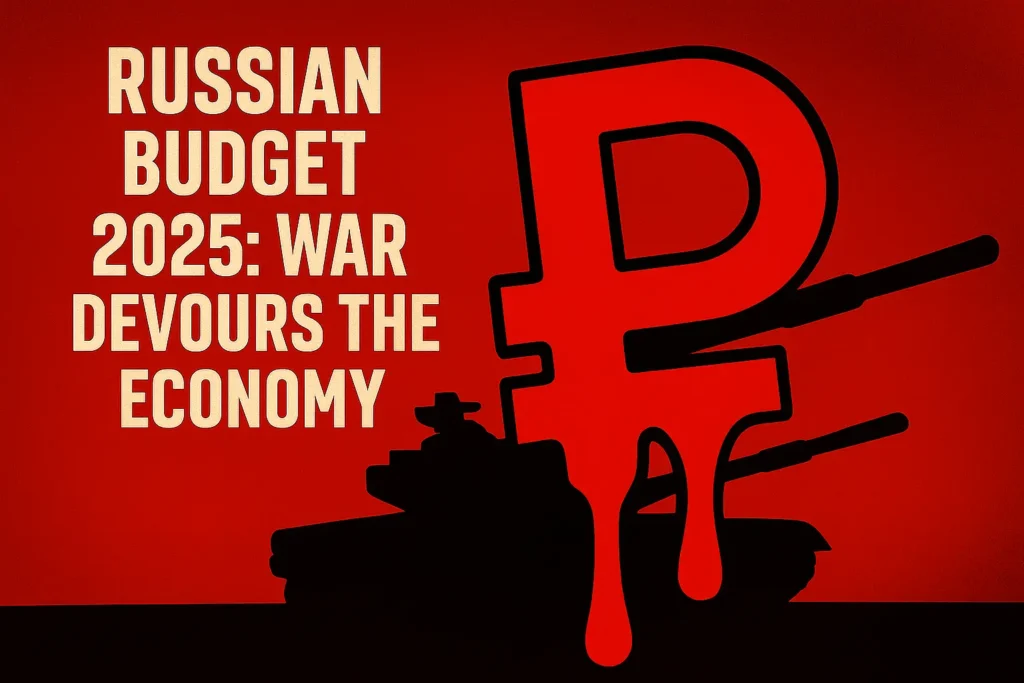
According to preliminary data from the Finance Ministry cited by The Moscow Times, the deficit increased by 1.2 trillion rubles ($15 billion) in July alone, and expenditures jumped to 3.9 trillion rubles ($49 billion).
This data shows Russia’s war machine consuming the state itself. Unlike previous conflicts, Moscow can’t fund this war indefinitely — and Western allies now have concrete proof that sustained pressure works.
The new figures reveal a grim picture of stagnation, overspending, and war-at-all-costs priorities. According to Reuters, government spending rose more than 20% in the first seven months of 2025, while revenues grew just 2.8%. That gap is mainly driven by ballooning military costs.
What makes the alarm even more telling is that the warning comes directly from Russia’s central bank: it now forecasts zero growth by December, down from 4.5% last year.
So far this year, Russia has spent 25.2 trillion rubles ($320 billion) — a staggering increase from pre-war spending levels when the annual federal budget totaled around $220 billion in 2021.
As Bloomberg reports, signs of crisis are now visible across different sectors, as coal mining companies suffer losses, oil, gas, and metallurgy companies see a decline in profits. The automotive industry significantly cuts production due to weak demand.
Productivity in civilian sectors is falling fast. The Moscow Times reported in July that Russian car makers have all shifted to a four-day work week to preserve existing jobs due to diminishing demand, high interest rates, and a lack of affordable financing tools for buyers.
Russia’s aviation industry, once a symbol of national pride, has delivered just one of 15 promised passenger aircraft this year.
Sanctions, oil price caps, and labor shortages are eroding Russia’s economic foundation — yet Moscow shows no intention of scaling back its invasion. A recession with consequences far beyond Russia’s borders now looms.
The signs are clear: Western sanctions, shifting energy markets, and export controls are having an impact. But they’re not enough on their own. The Kremlin is willing to sacrifice every civilian sector to keep the war machine running.
That’s why Ukraine’s battlefield resilience — and sustained Western support — remain essential. Economic pressure may hurt Russia, but it won’t stop the war on its own.
For Western policymakers, these numbers prove that economic pressure is working, but they also show why military aid remains crucial to finish what sanctions started. Russia’s budget crisis gives Ukraine a strategic window, but only if allies simultaneously maintain economic and military pressure.

Thanks to your incredible support, we’ve raised 70% of our funding goal to launch a platform connecting Ukraine’s defense tech with the world – David vs. Goliath defense blog. It will support Ukrainian engineers who are creating innovative battlefield solutions and we are inviting you to join us on the journey.
Our platform will showcase the Ukrainian defense tech underdogs who are Ukraine’s hope to win in the war against Russia, giving them the much-needed visibility to connect them with crucial expertise, funding, and international support.
We’re one final push away from making this platform a reality.

In today’s fast-paced business environment, the mini PC has emerged as a vital tool for enhancing daily work efficiency. Its compact design and powerful capabilities make it an ideal choice for businesses looking to streamline operations and reduce costs.
The adoption of the mini PC is becoming increasingly popular among businesses seeking to optimize their daily work processes. These devices offer a unique combination of space-saving design and robust performance, making them suitable for a wide range of applications in the workplace. From administrative tasks to specialized software applications, mini PCs are transforming how businesses approach their daily operations.
1. Space-saving design:
Mini PCs are designed to fit into small office spaces without sacrificing performance, making them perfect for businesses with limited room.
2. Cost-effectiveness: They provide affordable computing power, enabling businesses to access reliable technology without significant financial investment.
3. Energy efficiency: Mini PCs consume less power than traditional desktops, helping to reduce energy costs and contribute to overall savings.
4. Versatility: These devices can be customized to support various business applications, enhancing productivity and efficiency in daily tasks.
Mini PCs are revolutionizing point-of-sale (POS) systems by providing faster transaction times and improved accuracy. Their compact nature allows for seamless integration into existing POS setups, enhancing customer satisfaction and sales efficiency. Additionally, mini PCs support real-time data analytics, offering valuable insights into customer behavior and sales trends, which are crucial for informed decision-making.
The ease of installation and maintenance makes mini PCs an attractive option for business owners who may lack technical expertise. With user-friendly interfaces and robust support networks, these devices ensure minimal disruption during deployment and operation.
Mini PCs play a crucial role in effective employee management by facilitating the scheduling of work shifts, tracking performance, and managing payroll efficiently. By centralizing these functions, businesses can reduce administrative overheads and focus on strategic growth initiatives.
Moreover, mini PCs allow for remote access to employee data, enabling managers to make timely adjustments even when away from the office. This flexibility is particularly beneficial for businesses with multiple locations or those operating outside standard working hours.
Incorporating mini PCs into employee management processes can also improve communication across teams. With integrated communication tools, employees can collaborate effectively regardless of their location, fostering a more connected workplace environment.
Efficient inventory management is essential for maintaining profitability, and mini PCs offer real-time tracking capabilities that help businesses maintain optimal stock levels. By providing accurate data on product availability, mini PCs reduce errors associated with manual tracking methods, ensuring quick responses to supply chain disruptions or demand fluctuations.
Businesses have successfully implemented mini PCs for comprehensive inventory management solutions that integrate seamlessly with other operational systems. This holistic approach enhances overall business efficiency by reducing redundant tasks and streamlining workflows across departments. For more information on compact computing solutions, visit Geekom.
You could close this page. Or you could join our community and help us produce more materials like this.
We keep our reporting open and accessible to everyone because we believe in the power of free information. This is why our small, cost-effective team depends on the support of readers like you to bring deliver timely news, quality analysis, and on-the-ground reports about Russia's war against Ukraine and Ukraine's struggle to build a democratic society.
Become a patron or see other ways to support.
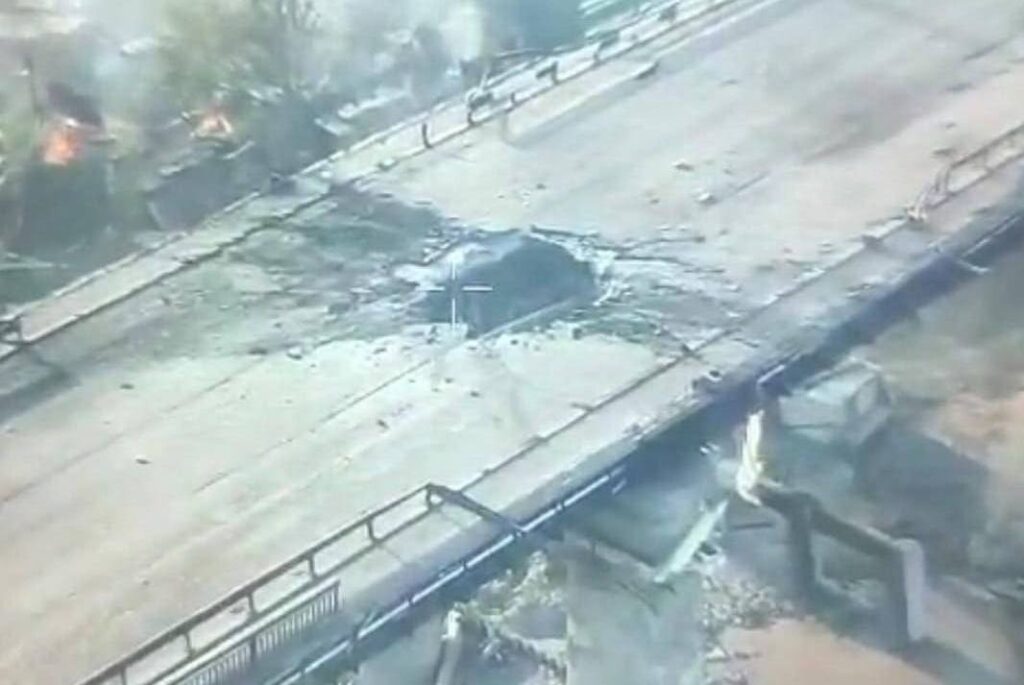
Russia may attempt to recapture Kherson. Moscow forces are relentlessly shelling Kherson, while Western media warn that Moscow may be preparing an airborne assault on the liberated city within weeks, in a move to reverse its 2022 liberation.
The capture of Kherson remains one of Russian President Vladimir Putin’s demands for ending the war in Ukraine. His terms also include recognition of Russian control over Crimea, Donetsk, Luhansk, and Zaporizhzhia oblasts, an official renunciation of NATO membership, and the lifting of all Western sanctions on Russia.
On 2 August, Russians launched a powerful strike on a strategically important bridge connecting the island district of Korabel to the main part of Kherson city. The strike also damaged three private homes and an apartment building. The invaders had previously targeted the bridge, forcing about 1,800 residents to leave their homes.
On 8 August, Russian troops launched artillery strikes on central Kherson, critically wounding an elderly woman. She suffered a concussion, multiple shrapnel injuries, and lost an arm. Doctors say her condition is life-threatening, the regional administration reports.
The same day in Antonivka, a suburb of Kherson, Russian drones dropped explosives on two men, aged 33 and 36. Both suffered blast injuries, says the Kherson City Council.
One of the most shocking attacks involved a 13-year-old boy who was struck by a drone while walking down the street, according to regional governor Oleksandr Prokudin.
“He sustained a blast injury and shrapnel wounds to his arm and leg,” he said.
The child was hospitalized and is receiving medical care.
Also in the district suffering the most from attacks, Korabel, due to Russia’s attack on the power grid, water supply will be provided for only two hours per day.
According to the report, the Kremlin may be preparing to land troops in Kherson in the coming weeks to reclaim the city that Ukraine liberated in 2022.
Roughly 72% of Kherson Oblast remains under Russian occupation, mostly the left bank of the Dnipro River. The Ukrainian-controlled right bank includes the city of Kherson itself. Meanwhile, the Ukrainian military analysts say a Russian amphibious operation in Kherson would be highly risky and unlikely to succeed.

Thanks to your incredible support, we’ve raised 70% of our funding goal to launch a platform connecting Ukraine’s defense tech with the world – David vs. Goliath defense blog. It will support Ukrainian engineers who are creating innovative battlefield solutions and we are inviting you to join us on the journey.
Our platform will showcase the Ukrainian defense tech underdogs who are Ukraine’s hope to win in the war against Russia, giving them the much-needed visibility to connect them with crucial expertise, funding, and international support.
We’re one final push away from making this platform a reality.

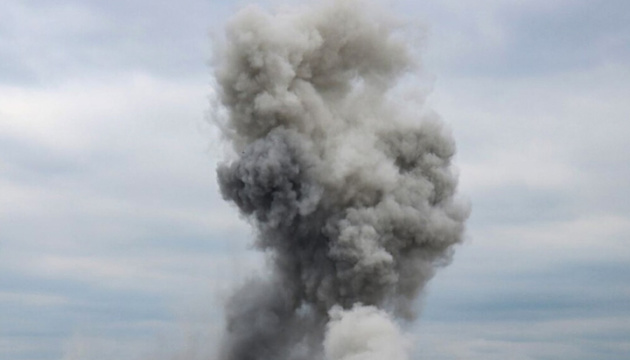

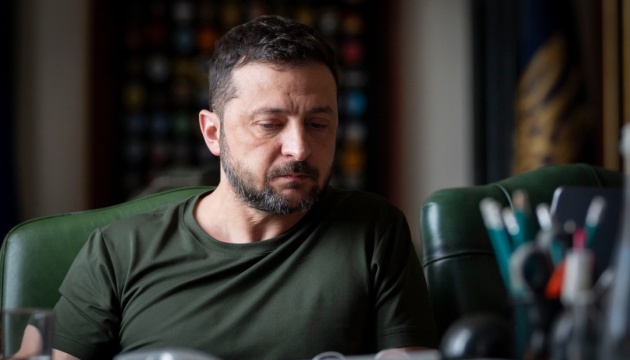
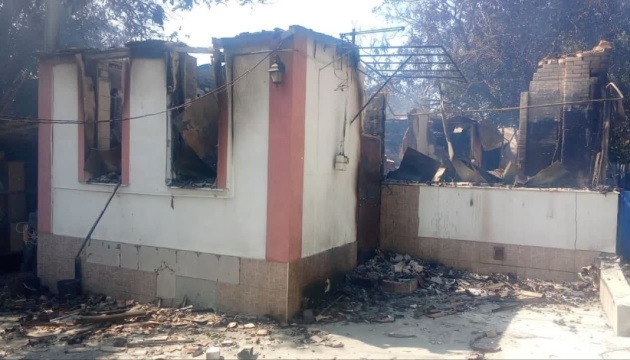

From frontline to warehouse. New Pentagon memo allows redirecting weapons meant for Ukraine back to the US, despite US President Donald Trump publicly endorsing a new supply plan, CNN reports.
This could mean “that anything short of the president saying go ahead might not get through,” the person said.
Previously, Defense Secretary Pete Hegseth already halted a large weapons shipment to Ukraine. Although Trump announced a deal with NATO whereby Europeans would pay for US weapons bound for Ukraine, the Pentagon can be depended on the decision of one person.
Under the new memo, equipment designated for Ukraine may never reach the front. This includes intercept missiles, air defense systems, and artillery shells, all which is critically needed by Ukraine’s military.
The USAI program, which has reliably supplied Ukraine with arms since 2016, recently received $800 million in new funding under the National Defense Authorization Act. But even that is now in question as sources aren’t sure the weapons will actually reach Kyiv.
“But it’s unclear whether the weapons produced with that money will ultimately go to Ukraine under the new Pentagon policy,” sources told CNN.
Separately from USAI, the Pentagon still holds $4 billion in authorized funds to ship weapons directly from US stockpiles.
In Congress, Republicans Roger Wicker and Jim Risch have introduced a bill to establish a special fund that allies can contribute to in order to replenish US weapons sent to Ukraine.
At the same time, the US and NATO are developing a new mechanism — a NATO bank account — where allies would deposit funds specifically to buy American weapons for Kyiv.
NATO allies have already begun filling the account: according to Secretary General Mark Rutte, more than $1 billion has been allocated, with the total expected to reach $10 billion. But even that may not guarantee the weapons will reach Ukrainian soldiers, not if the Pentagon decides to replenish its own stockpiles first.
Ukraine remains in dangerous limbo. The Pentagon memo could change the course of the war — if the word “go” never comes.
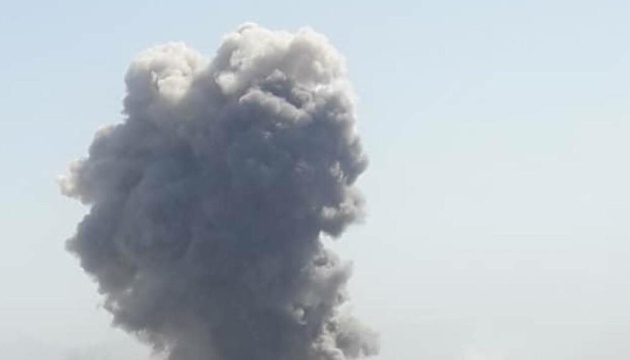
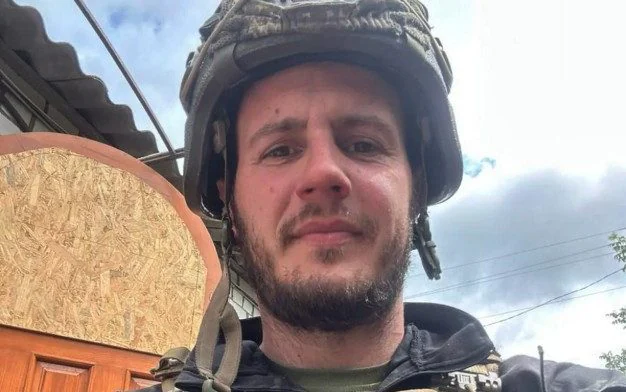
Alan Robert Williams, 35, from Moreton, Merseyside, died during his first mission in the Kharkiv Oblast on 2 July, six miles from the Russian border. He had signed his contract with a Ukrainian unit on 10 June after leaving for Ukraine on 7 May.
His wife Stephanie Boyce-Williams, 40, confirmed his death following contact from his military unit. The Telegraph reported, citing its sources, that Williams was targeted by four Russian drones that dropped a mortar 20 feet from his team near the recaptured village of Lyptsi.
“His companions said he was immediately unresponsive and they had to leave his body while they fled the ambush,” according to reports from his unit.
Williams, a former site manager for a school, had lost his job earlier this year and was subsequently admitted to hospital after struggling with his mental health. After discharge, he decided to volunteer for Ukraine because he “couldn’t sit back and watch,” his wife said.
“We spent time trying to convince him not to go, telling him how it would affect us and how it would impact our daughter, and everything else back home,” Boyce-Williams told BBC Radio Merseyside. “But he was such a strong-willed man that once he got something in his mind there was no way you were changing it. He wanted to help civilians, especially the children.”
The couple’s 12-year-old daughter had also pleaded with her father not to leave for Ukraine.
A Foreign Office spokesman said they were “supporting the family of a British man who is missing in Ukraine, and are in contact with the local authorities.”
Williams had three children, including two older children from his wife’s previous relationships. Boyce-Williams, who works as a civil servant and call handler, said she remains “in limbo” awaiting official confirmation.
There are currently around 1,500 to 2,000 foreign soldiers actively fighting in Ukraine. Ukrainian government claimed earlier of over 20,000 volunteers; many foreigners serve in specialized units or affiliated brigades, with total foreign involvement typically estimated under 4,000.
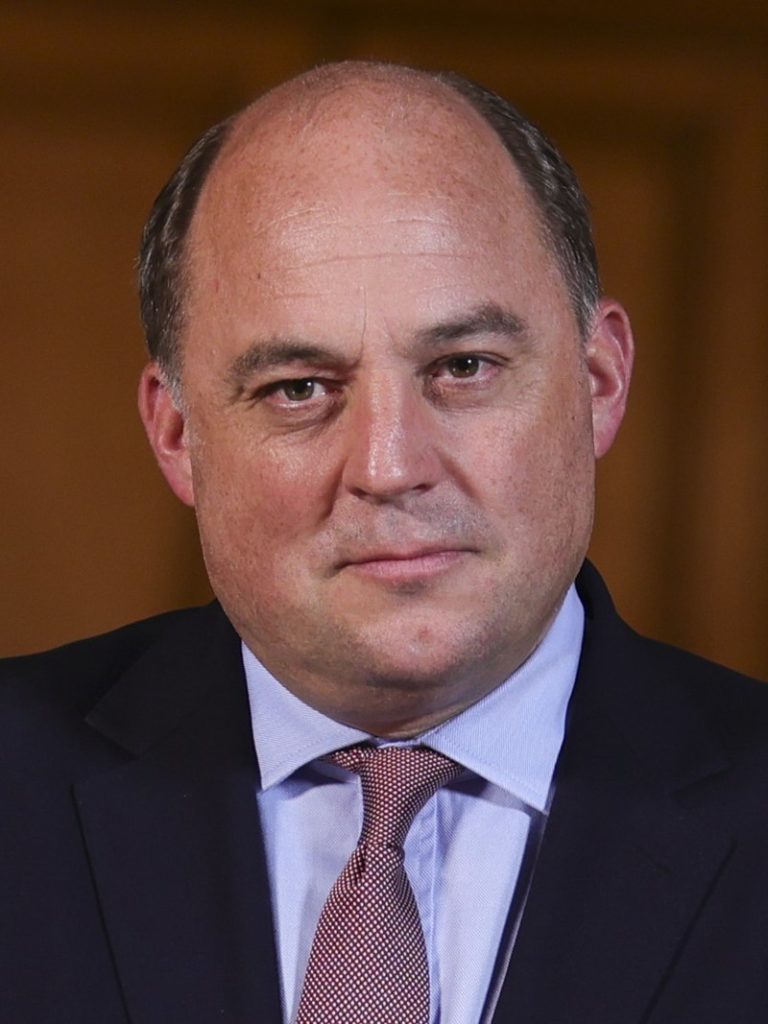
Former UK Defence Secretary Sir Ben Wallace has called for Britain’s inclusion in upcoming peace talks between the United States, Russia, and Ukraine, warning that Ukrainian President Volodymyr Zelenskyy risks being pressured by what he described as two bullying leaders.
Trump will reportedly meet with Putin as soon as next week, followed by trilateral discussions with Zelenskyy. European nations are not scheduled to participate in these initial discussions.
“Both Trump and Putin are known to be bullies, they bully people all the time, and I don’t think two bullies versus Zelenskyy, who is a brave man, but I don’t think would necessarily produce the right outcomes,” Wallace told Times Radio, according to Bloomberg.
The former defense secretary emphasized that European powers should have representation during negotiations.
“There are two other nuclear powers in NATO, France and Britain, and I think it is important that in the room should be a European power,” he said.
Wallace expressed concerns about Ukraine potentially being coerced into accepting unfavorable terms. When asked if Ukraine could be “strong-armed” by Trump, he responded: “Yes, there is a concern.”
The announcement follows three hours of meetings between Steve Witkoff, Trump’s special envoy, and Putin in Moscow. Yuri Ushakov, Putin’s foreign affairs adviser, confirmed that a summit could take place next week at a venue decided “in principle,” though he dismissed the possibility of Zelenskyy joining the initial summit.
After phone discussions with the US president, Zelenskyy said he believed Russia was “now more inclined to a ceasefire.”
Trump has simultaneously increased pressure on Moscow through new sanctions, designating Russia as an “extraordinary threat” to the United States. The administration imposed a 25 percent trade tariff on India over its Russian oil purchases, targeting a key revenue source for the Kremlin.
Western officials have repeatedly accused Putin of using peace negotiations to buy time for Russian forces to capture additional Ukrainian territory. Putin has previously demanded settlement terms that Ukraine characterized as equivalent to surrender.
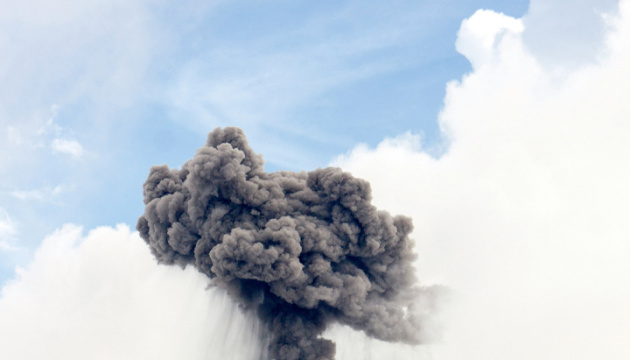
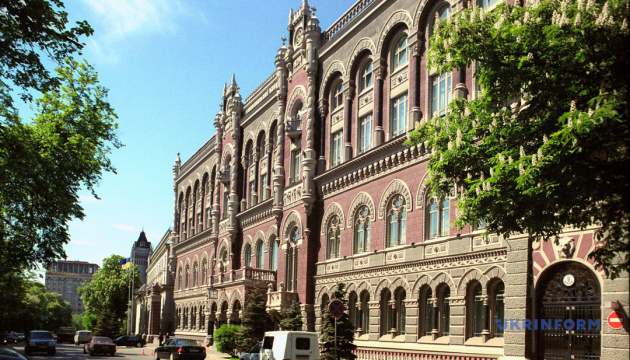
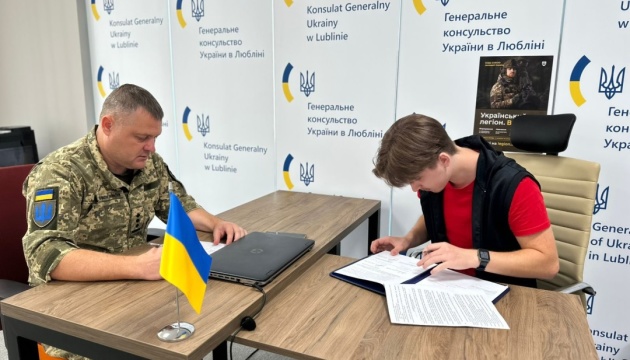
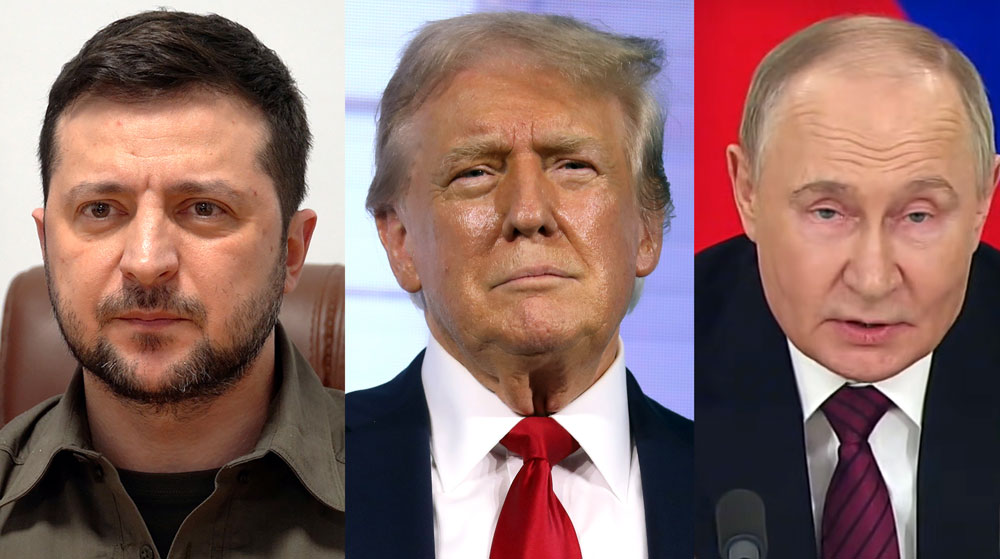
The White House is working to organize a three-way meeting between US President Donald Trump, Ukrainian President Volodymyr Zelenskyy, and Kremlin leader Vladimir Putin, sources in the Trump administration told Ukrainian media Suspilne.
The negotiations could take place as early as next week, though the venue has not yet been determined, according to the sources.
White House spokesperson Caroline Leavitt confirmed that President Trump remains open to meetings with leaders from both countries.
“As President Trump said yesterday (on 7 August), the Russians have expressed a desire to meet with President Trump, and the president is open to this meeting. President Trump would like to meet with both President Putin and President Zelenskyy because he wants this brutal war to end. The White House is working out the details of these potential meetings, and details will be provided at the appropriate time,” Leavitt said.
The diplomatic push follows a series of high-level contacts this week. On 6 August, Trump’s special representative Steve Witkoff visited the Russian capital for a three-hour meeting with Putin. Moscow has not disclosed details of the discussion’s content.
Trump later wrote on his Truth Social platform that Witkoff had a “productive meeting” with the Russian leader.
This was followed by a phone call between Zelenskyy and Trump that included European leaders. Following the conversation, the Ukrainian president said it “seems Russia is now more inclined toward a ceasefire, the pressure on them is working.”
However, Zelenskyy emphasized the importance of ensuring Moscow does not deceive either Kyiv or Washington regarding the details of any potential agreement.